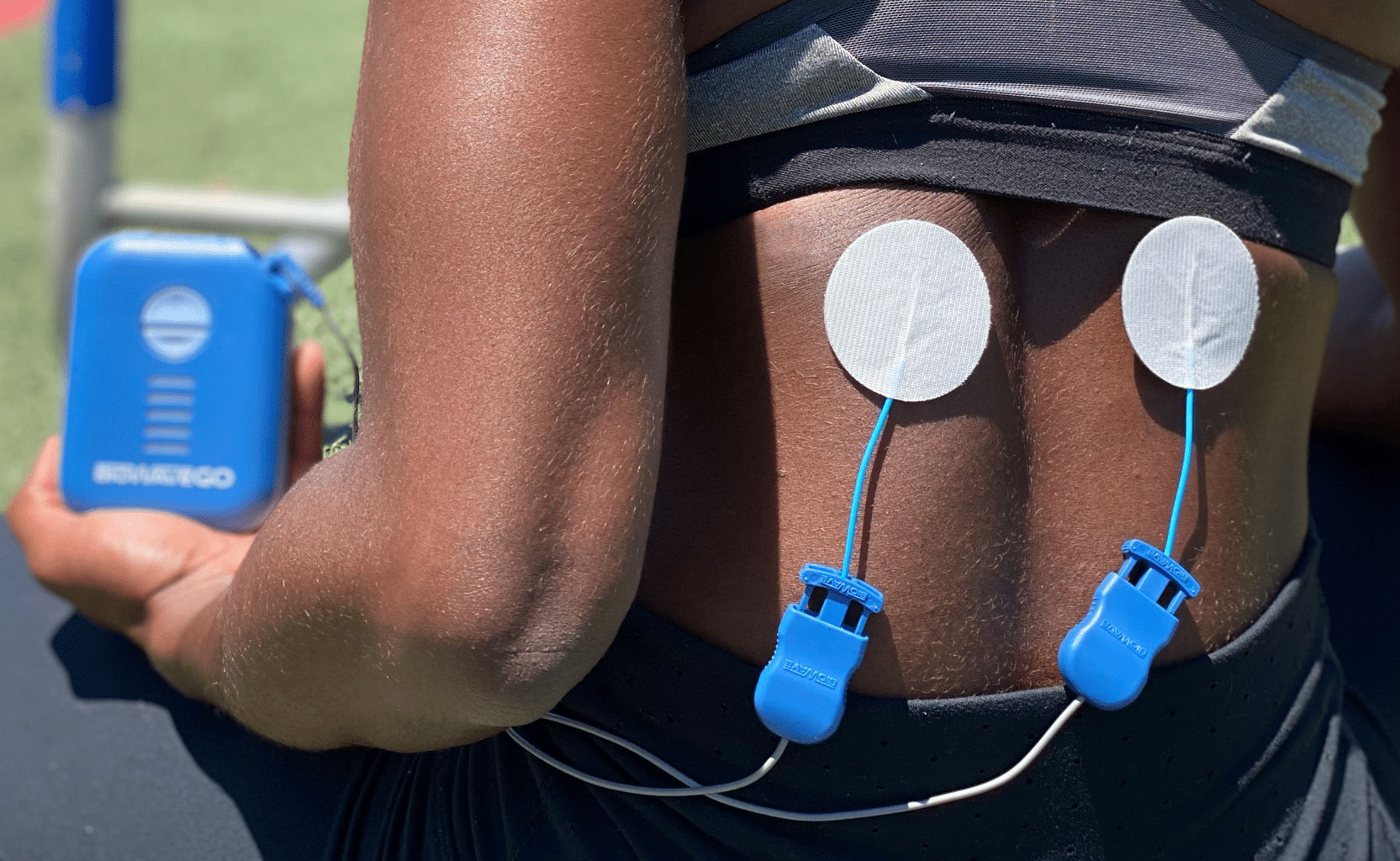Modern Pain Management – Vol 1 #1
First Course Therapies for Treating Low Back Pain
Low back pain is one of the most common complaints with respect to pain. When low back pain occurs, there are many possible causes. The most common are typically a muscle strain, tendon strain or ligament sprain. This type of acute pain tends to be focused on one or two specific locations. Another type of low back pain is chronic radiating pain which may occur from a herniated disc. A disc may push outside the space between the vertebrae and compress a nerve at the point where it branches off the spinal cord. For example, sciatica which presents as radiating pain through the buttocks and down the leg occurs when the sciatic nerve that leads into the buttocks and leg is compressed. There are many other more complicated causes of low back pain like spinal stenosis which is a narrowing of the space within the spinal canal which can put pressure on the nerves running through the spine. For more serious low back pain conditions you should always consult with a physician who can properly diagnose your condition. It is always better to start with less invasive therapies before considering more invasive procedures like injections, surgery or implanted spinal cord or peripheral nerve stimulators.
Depending on the source of your back pain and its severity, there are several first course, non-pharmacological therapies you can utilize to treat your low back pain and accelerate your return to normal activities.
High-Frequency Neurostimulation. BioWaveGO is a non-opioid smarter pain blocking technology that can significantly reduce acute and chronic pain to allow you to return to normal activities. BioWaveGO is a small wearable device. A 30-minute treatment can provide up to 24 hours of continued pain relief, functional improvement and increased blood flow which may help the healing process. BioWaveGO can be used immediately following an injury or post-operatively to treat acute pain and can be used multiple times a day on an as needed basis to manage pain. BioWaveGO is also complementary and can be used in conjunction with cold, heat and physical therapy.
Cold and heat therapies. Immediately following a back injury, cold therapy like an ice pack, not heat, should be used to help alleviate pain by numbing the area and prevent or reduce swelling. However, about 48 hours after the onset of back pain, using heat, for example by applying a heating pad to your back may be helpful. The warmth may soothe and relax aching muscles and increase blood flow, which helps the healing process. Heat therapy is typically only helpful for about one week following an acute injury.
Physical therapy. Exercise is the key to the rehabilitation process. Strengthening muscles in your core and in your lower back makes you less prone to injury. Exercise improves function and accelerates the healing process for an aching back and can prevent future problems. Consult with a physical therapist to develop an appropriate rehab program that includes aerobic activity, strength training, and stretching exercises.
Other alternative complementary treatments. Acupuncture is an alternative treatment that can help reduce low back pain by using fine filament needles which are placed at anatomical locations based on the body’s energy pathways according to Eastern medicine. Massage is useful to reduce low back pain due to muscle strain. Other modalities like lasers and ultrasound may increase blood flow to aid in the healing process.
Bradford Siff is the Founder & President of BioWave Corporation and an expert in modern pain management. He has been involved in the medical device field focused on the treatment of pain for over 24 years.



